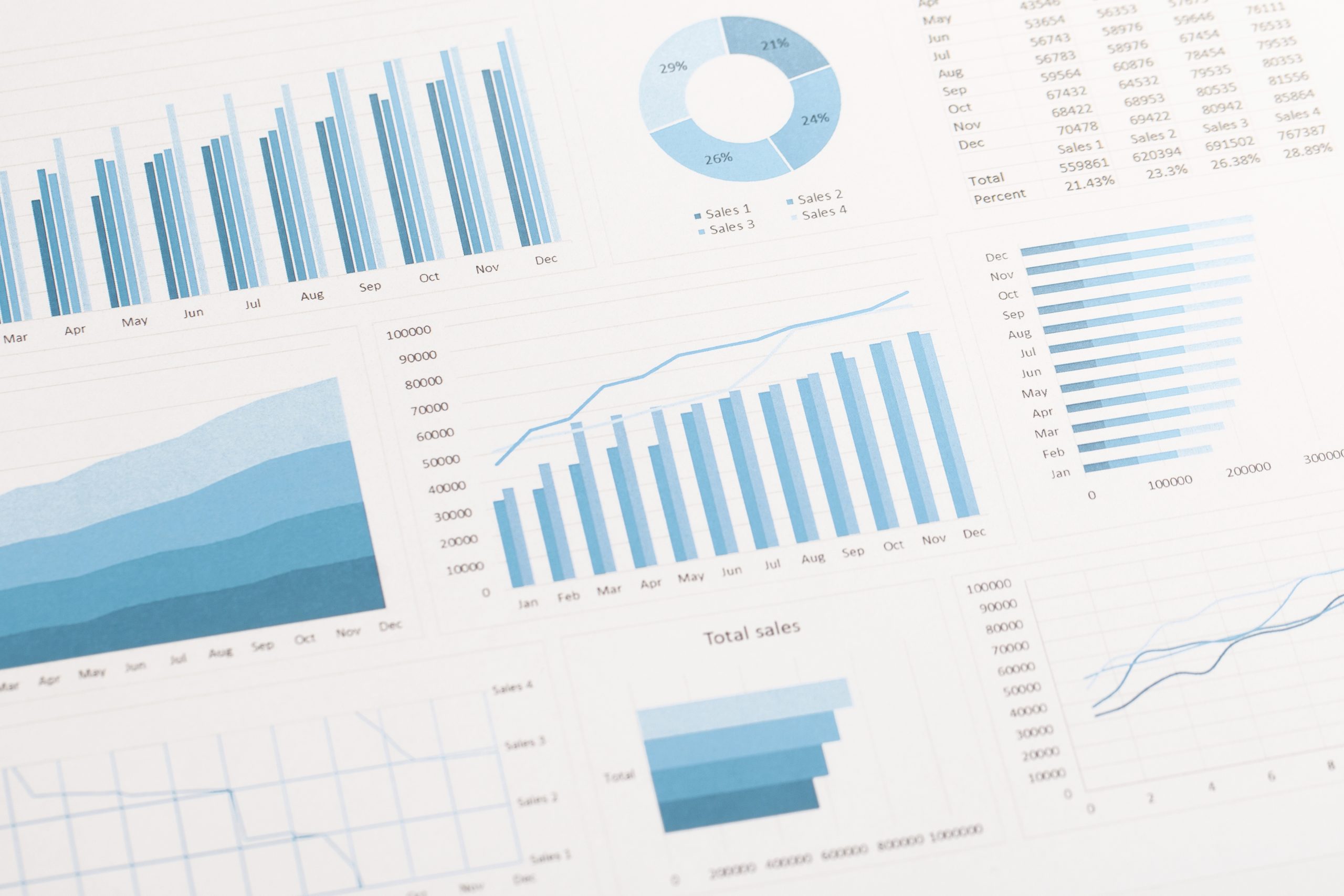
As digitalization accelerates, data has become the most valuable resource for companies, evolving from something merely “collected” to the core of decision-making processes. However, this shift brings a new misconception: mistaking data volume for data intelligence.
While company servers overflow with terabytes of data, extracting truly meaningful and actionable insights from this pile has become one of the most critical competencies of the modern era. So, why doesn’t data volume alone hold value? And how are organizations transforming raw information into a competitive edge?
Collecting Data Is Easy; Making Sense of It Is Hard
Today, nearly every system, device, and user constantly generates data. From website visitor behavior to customer purchasing patterns, from production machine performance reports to social media interactions—everything is measured and recorded.
But collecting data isn’t an achievement in itself. The real question is: How much of this data is transformed into meaningful insights?
Many organizations, despite having vast amounts of data, fall into data blindness because they don’t know what to do with it. This is where data intelligence comes in. It’s not just about collecting data but processing it, contextualizing it, and turning it into strategic actions that create real value.
What Is Data Intelligence?
Data intelligence goes beyond merely analyzing data; it’s the ability to generate strategic insights that optimize business processes, enhance customer experiences, and predict market opportunities. In other words, data intelligence transforms raw information into business intelligence.
With data intelligence, companies can:
- Analyze customer trends more accurately,
- Personalize products and services,
- Boost operational efficiency,
- Anticipate future risks,
- Act faster than competitors.
Asking the Right Questions: The First Step to Data Intelligence
The path to creating value from data lies not in the right tools but in asking the right questions. Instead of asking, “How much data have we collected?” organizations should ask, “What actions can we take based on this data?” This is how data intelligence evolves.
One common pitfall is producing generic reports from large datasets and turning them into static presentations. True data intelligence requires a dynamic, context-sensitive approach aligned with business goals.
The Power of Technology + Human Intelligence
While technologies like artificial intelligence, machine learning, and big data analytics play a critical role in enabling data intelligence, the human factor remains the most decisive element. Data scientists, analysts, and business unit leaders are the ones who interpret raw analytical results provided by technology and translate them into meaningful strategies.
Thus, organizations must invest not only in technology but also in fostering a cultural shift toward data literacy. Data delivers strategic advantage only when interpreted correctly.
Real-Time, Actionable Insights
Another critical aspect of data intelligence is its ability to provide instant decision-making support. Traditional reporting systems analyze historical data to make predictions about the future. Modern data intelligence, however, processes real-time data streams to enable immediate action.
This allows companies to respond instantly to customer behaviors, optimize marketing campaigns in real-time, or improve operational processes on the fly.
The Key to Competitive Advantage
In today’s competitive landscape, data is in everyone’s hands. What sets you apart is how you create meaningful impact from it. To avoid data volume becoming a burden, organizations must align culture, technology, and talent effectively to transform data into intelligence.
It’s no longer about how much data you collect but how smartly you use it.
Remember, information is power. But true power emerges when the right information meets the right action at the right time.
